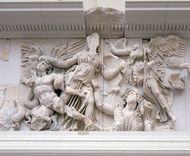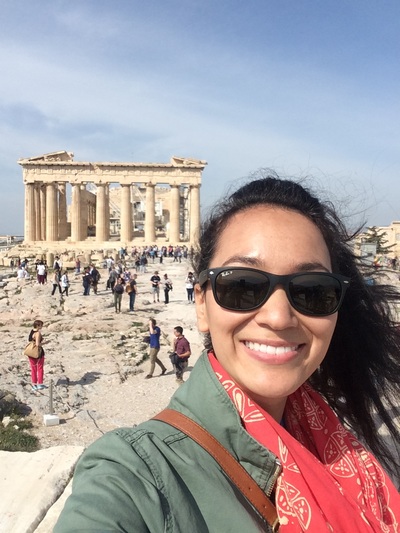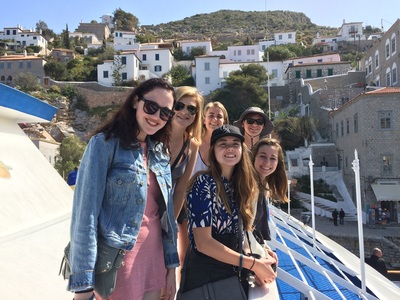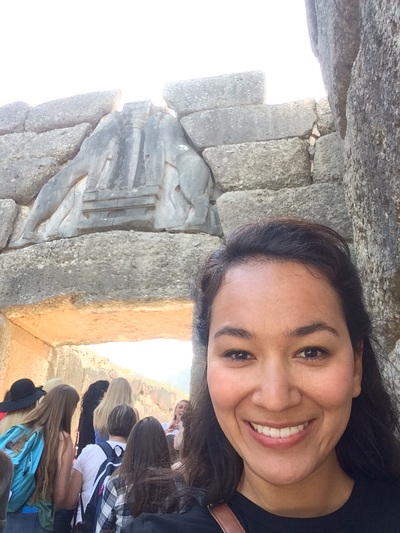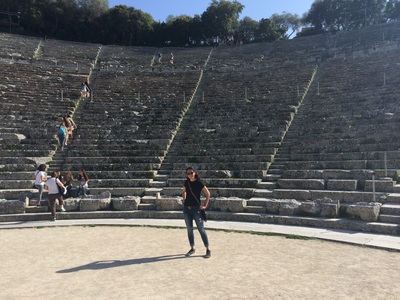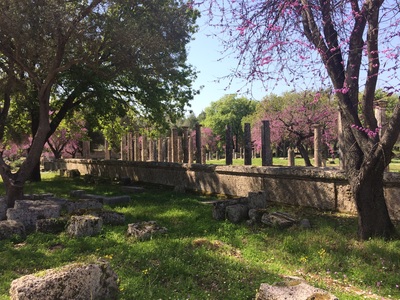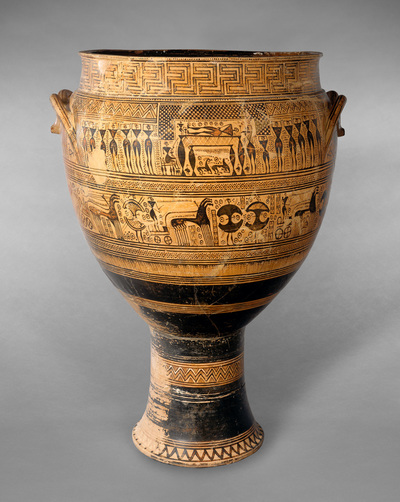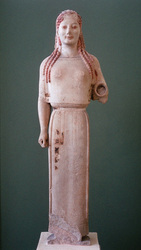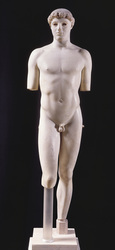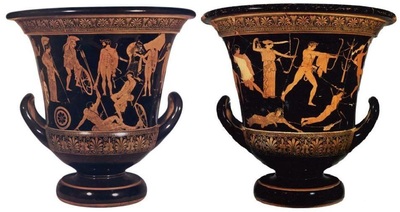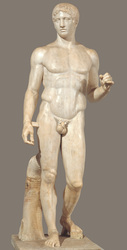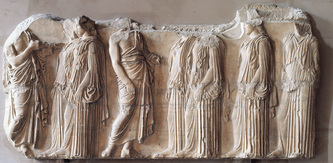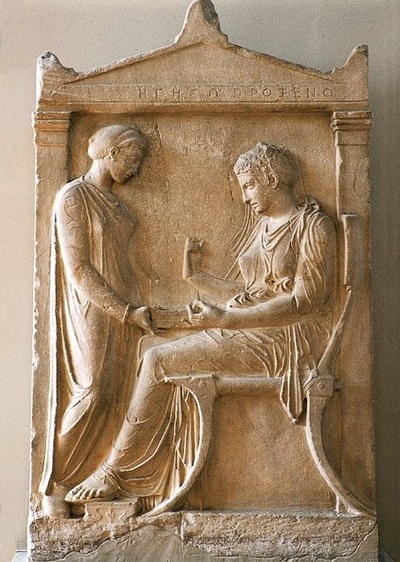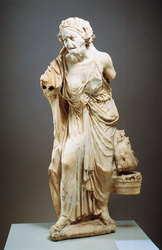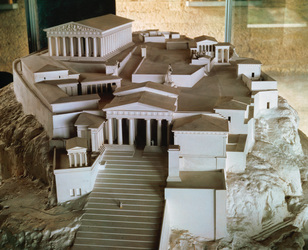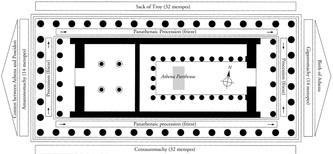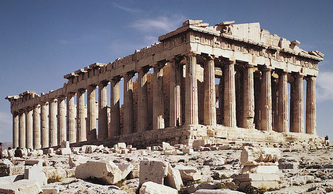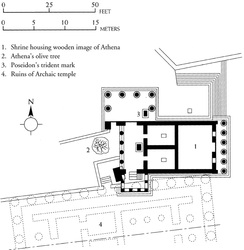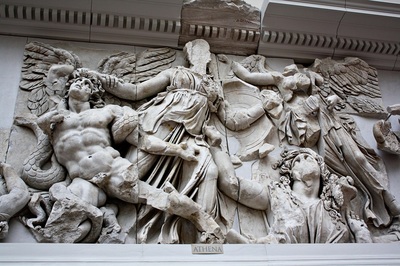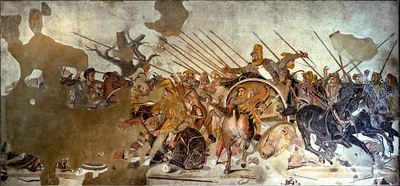- Home
- Info
-
Projects
- What is art?
- Study Haikus
- Sports in Art History
- Tableaux Vivants
- Timeline
- Create a Podcast/Song >
- Create a Board Game
- Picasso Portraits
- Research Essay
- Storytelling with Music >
- Street Art Socratic Seminar
- Kandinsky Activity
- Greatest Artist Paper
- Museum Gallery
- Museum Visit
- Illuminated Letters >
- Match-maker Activity
- Global Art Dossier
- 250 List
-
Content
- Introduction
- Global Prehistory
- The Pacific
- Indigenous Americas
- The Near East
- Ancient Egypt
- Ancient Greece
- Ancient Etruria
- Ancient Rome
- Late Antiquity >
- Byzantine Art >
- Early Medieval >
- Islamic Art
- Romanesque
- Gothic Architecture
- 14th century Early Renaissance >
- 15th century Renaissance >
- High Renaissance and Mannerism
- Northern Renaissance
- Baroque
- New Spain in America
- Age of Enlightenment
- Early Modernism
- Modernism
- Contemporary Artists
- Africa
- China and Korea
- South and SE Asia
- Japan
- Global Art
- Ethics
- Study
- Educators Only
"I cannot teach anybody anything. I can only make them think." - Socrates (470-399 BCE) Student Resources
PowerPoint Study Guide Key Ideas * YouTube Video: Crash Course * YouTube Video: The Development of Ancient Greek Art * YouTube Video: Secrets of the Parthenon * YouTube Video: Classical Orders * YouTube Video: SmartHistory's Nike of Samothrace PBS Video: The Parthenon's Optical Illusions FRQ Practice Obtaining Perfection Chart Podcast on Indic influences on Greek philosophy Nike of Samothrace from Emory University Seated Boxer by the Met in NY The Alexander Mosaic - article The Dying Gaul by The National Gallery of Art Artwork List Vocabulary Flashcard Images |
Key Ideas
|
|
Describe the scene taking place on the frieze.
Why has this scene been placed on this monument? What contemporary events are paralleled in the scenes depicted in this work? What is the message this scene was meant to convey to the ancient Greek viewer? April 2016: I traveled to Greece
|
THE PARTHENON
I Seen Aloft from Afar Estranged in site, Aerial gleaming, warmly white, You look a suncloud motionless In noon of day divine; Your beauty charmed enhancement takes In Art's long after-shine. II Nearer Viewed Like Lais, fairest of her kind, In subtlety your form's defined - The cornice curved, each shaft inclined, While yet, to eyes that do but revel And take the sweeping view, Erect this seems, and that a level, To line and plummet true. Spinoza gazes; and in mind Dreams that one architect designed Lais - and you! III The Frieze What happy musings genial went With airiest touch the chisel lent To frisk and curvet light Of horses gay - their riders grave - Contrasting so in action brave With virgins meekly bright, Clear filing on in even tone With pitcher each, one after one Like water-fowl in flight. IV The Last Tile When the last marble tile was laid The winds died down on all the seas; Hushed were the birds, and swooned the glade; Ictinus sat; Aspasia said "Hist! - Art's meridian, Pericles!" Herman Melville (1819-1891) |
|
|
|
|
|
|
|
The Human Figure for the Greeks: Obtaining Perfection
Archaic550 BCE- 6th c.
Artists: ??? Artworks: kouroi and korai Descriptions: Idealization, stylized, FRONTAL, rigid |
Severe480 BCE- 5th c.
Artists: Kritios Artworks: Pedimental sculpture of the Temple of Aphaia and the Temple of Artemis, Kritios boy Descriptions: Contrapposto, movement |
Classical
450 BCE- 5th c.
Artists: Phidias, Polyklitos, Myron Artworks: Riace warrior, Zeus/Poseidon, Doryphoros, Diskobolos, Nike Adjusting her Sandal Descriptions: Idealization, unemotional, PERFECTION, self-contained |
Late Classical350 BCE- 4th c.
Artists: Praxitiles, Scopas, Lysippus Artworks: Aphrodite of Knidos, Hermes and the Infant Dionysus, Apoxyomenos, Farnes Herakles Descriptions: NATURAL, humanized, relaxed, elongation |
Hellenistic250 BCE- 3rd c.
Pythokritos, Polydorus, Agesander, Athenodorus Artworks: Dying Gaul, Nike of Samothrace, Barberini Faun, Seated Boxer, Old Market Woman, Laocoon and his Sons Descriptions: EMOTIONAL, dramatic, exaggeration, movement, individualistic (adapted from Dr. Coad)
|
Artwork List
|
Flashcard Images
|
- Home
- Info
-
Projects
- What is art?
- Study Haikus
- Sports in Art History
- Tableaux Vivants
- Timeline
- Create a Podcast/Song >
- Create a Board Game
- Picasso Portraits
- Research Essay
- Storytelling with Music >
- Street Art Socratic Seminar
- Kandinsky Activity
- Greatest Artist Paper
- Museum Gallery
- Museum Visit
- Illuminated Letters >
- Match-maker Activity
- Global Art Dossier
- 250 List
-
Content
- Introduction
- Global Prehistory
- The Pacific
- Indigenous Americas
- The Near East
- Ancient Egypt
- Ancient Greece
- Ancient Etruria
- Ancient Rome
- Late Antiquity >
- Byzantine Art >
- Early Medieval >
- Islamic Art
- Romanesque
- Gothic Architecture
- 14th century Early Renaissance >
- 15th century Renaissance >
- High Renaissance and Mannerism
- Northern Renaissance
- Baroque
- New Spain in America
- Age of Enlightenment
- Early Modernism
- Modernism
- Contemporary Artists
- Africa
- China and Korea
- South and SE Asia
- Japan
- Global Art
- Ethics
- Study
- Educators Only



